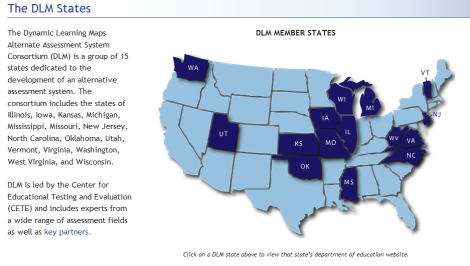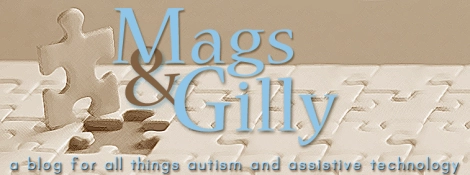May 29, 2013
Autism, Special Needs and Common Core….
May 29, 2013
What are the ‘common core state standards‘ or CCSS ? What do they mean for all students? and especially for kiddos like mine on IEPs? 45 out of the 50 states have already adopted CCSS. Michigan made a motion to adopt the standards in June 2010 and began implementing them this 2012-2013 school year, with full implementation planned for the 2014-2015 school year.
Some political commentators would like us to think that the CCSS are an attempt to remove educational decision making from parents and individual states. In fact, several legislative bills challenging the adoption of the CCSS have been filed in Michigan, even yesterday.
Consider taking politics out of the equation and really look at the intention of the CCSS. I really like the following question and answer contained in the FAQ section of corestandards.org: “What do the Common Core Standards mean for students?”
 Clarity. Consistency. Equal Opportunity. Exposure to Materials and Learning Experiences. Now that’s what I’m talking about–what I would want for my daughters living with autism.
Clarity. Consistency. Equal Opportunity. Exposure to Materials and Learning Experiences. Now that’s what I’m talking about–what I would want for my daughters living with autism.
Not only is implementation of CCSS happening in 45 out of 50 states, an additional 15 states (including Michigan) are helping to develop an additional and relational set of CCSS tools for students with cognitive and learning challenges, called the Common Core Essential Elements or CCEE,
 The Common Core Essential Elements are the output work of The Dynamic Learning Maps Alternative Assessment System Consortium. Huh? What? This video might help….
The Common Core Essential Elements are the output work of The Dynamic Learning Maps Alternative Assessment System Consortium. Huh? What? This video might help….
- “The Common Core Essential Elements are specific statements of the content and skills that are linked to the Common Core State Standards grade level specific expectations for students with significant cognitive disabilities.”
- “The Common Core Essential Elements are statements of content and skills that provide a bridge for students with signficant cognitive disabilities to achieve grade differentiated expectations.”
In other words, all students should have a clear, consistent and equal opportunity to learn. Differently-abled students are due the dignity of classroom instruction based on academic standards. By presuming competence in all students, we offer the opportunity to learn the power of writing, thinking, communicating, self expression, self advocacy. At first glance, the student example in the video may lead one to ask “what is the point in that lesson?” The point is that Hunter is learning the power of writing, even in its earliest forms of expression. The future development of an alternative assessment system based on the same curriculum standards for all students is one step closer to truly having an accessible curriculum and a multifaceted way of measuring knowledge of students who may learn and communicate in many different ways. The DLM consortium are working on producing a standards-based assessment for special education students that will be accessible in a variety of ways including: keyboards, touchscreens, switches, and other alternative digital access. Its future use is intended for teachers to be able to see what common core standards and essential elements their differently-abled students are taking ownership of in their individual learning.
If this means that in the years to come I can have a better picture with more accurate data of what my child living with autism is really learning, I say “onward.”
~KVS
“For I know the plans I have for you,” declares the Lord, “plans to prosper you and not to harm you, plans to give you hope and a future.” ~Jeremiah 29:11.
Permalink Comments off
